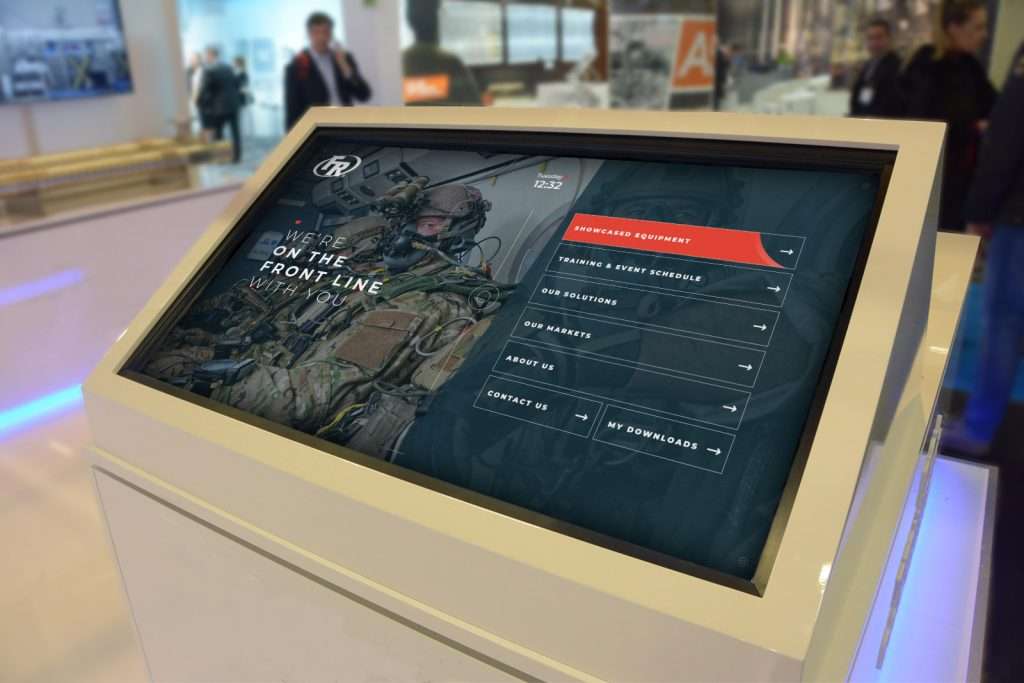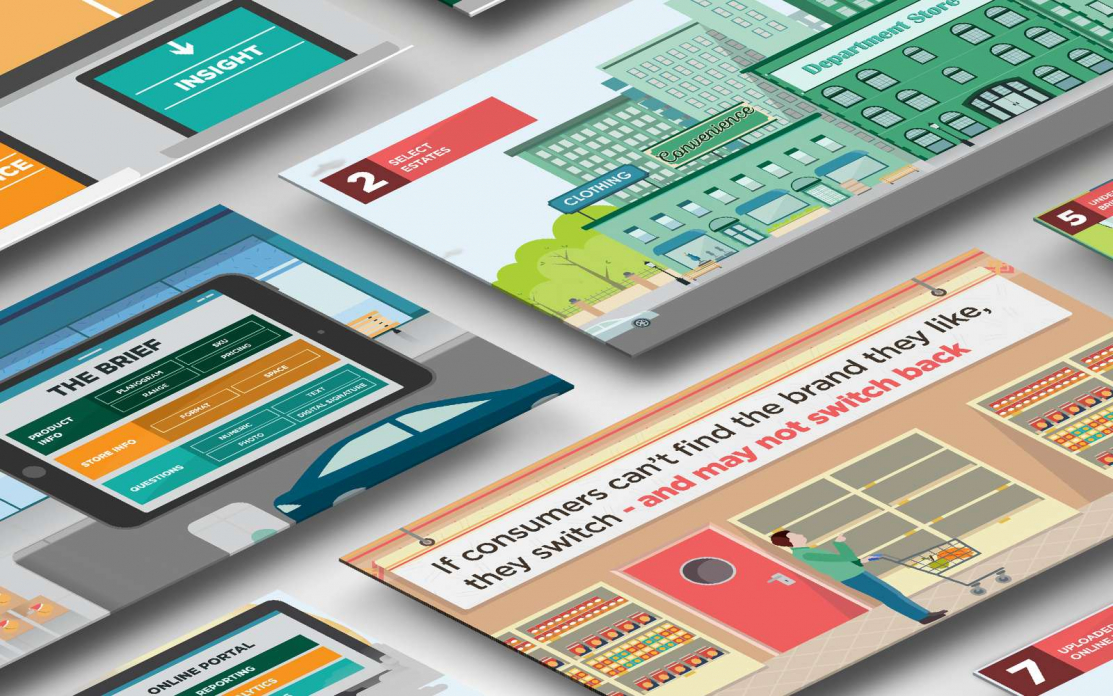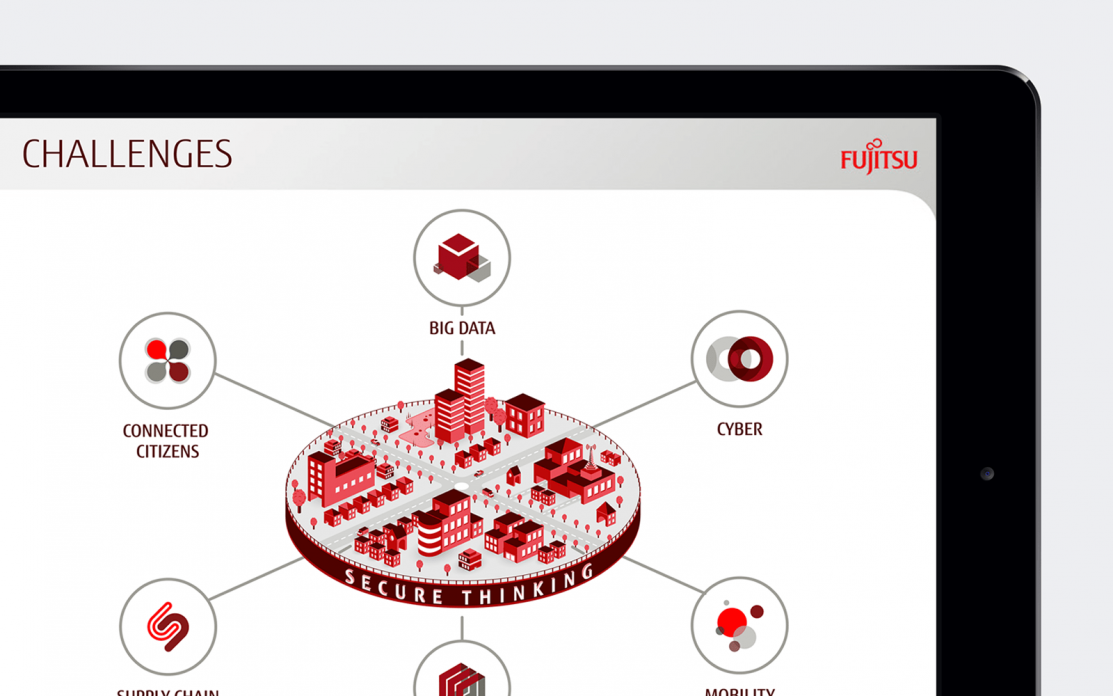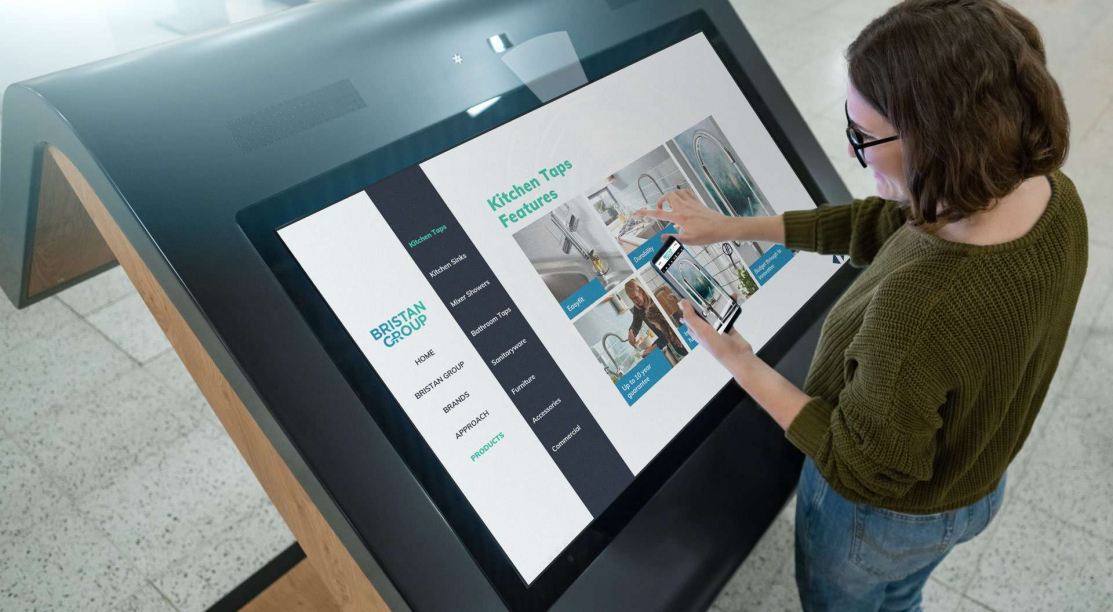Are you looking for common presentation mistakes and errors to avoid? Here are seven you need to know about!
No matter what the presentation is for – a high-value tender, an internal PowerPoint presentation or a potential customer meeting – the key is to remember that there is an audience who will only have their interests at heart; and you have to persuade them to do what you want them to do.
Sadly, presentations are all to frequently built around a solution or a company, and are mainly focused on squeezing in all the information that they possibly can (technical specifications, features, benefits etc.), rather than on how that solution is going to make a real difference to the lives of the people that you’re actually speaking to and more importantly their customers.
This leads to a disconnect with your audience, and a less than positive outcome for all of your hard work.
But don’t worry – we’ve put this blog together based on the workshops that we run with customers.
The importance of knowing your audience
All too often, it’s easy to get caught up with getting all of the information about a product or service, across in your presentation, and forgetting that the presentation is actually for the benefit of the audience and needs a very clear call to action.
A presentation must have customer-centric messaging and be delivered through a visually persuasive story that is relevant to your audience and resonates with them.
If the next company to meet your customer is using customer-centric messaging that helps to build a real connection then you’re going to lose out.
Slides stuffed with content also means running the real risk of some stakeholders in the room not understanding the value that you bring and they could be the key decision maker for the project.
How to make sure you get it right
The key is not to jump straight in when putting together your next presentation. Instead, evaluate the audience and the outcomes you need to achieve, so ask yourself these vital questions:
1. Why do you need to do this presentation?

Think carefully about why you need to do this presentation. If you are in sales and you’re presenting to a potential customer then ultimately you want to win their business, however, are they going to sign a deal after your first presentation? Probably not, they will undoubtedly have a considered buying process which they will be following. So, with this in mind the action from your first presentation is not to get the customer to sign a deal but to get them to want to move to move to the second stage of their buying process.
So, now you know why you need to do this specific presentation.
This might sound obvious but almost every presentation we see makes this fundamental mistake, you need to be single-minded about the outcome of this presentation and really think strategically about what you are trying to achieve. You can’t solve everything in one go; to win a war, you have to fight a series of smaller battles.
2. What does success look like?
In other words, what are you hoping to achieve by getting the ‘why’ right in point 1? You have to think about the bigger picture, but also the specific outcome of this presentation. Failure to do so is one of the most common mistakes in presentation.
3. What’s going on in their world?
To get this part right, you really need to think like your target audience. Getting inside their head is key to creating a more conversational presentation. What are they thinking? How are they feeling? What does success mean to them? What do they want from you – and what kind of things will they want or need to hear?
4. What do you want them to do?
Remember, a presentation is about ACTION. What do you want your audience to do feel or think after the presentation? What sort of reaction do you ideally want to get from your audience? What actions do you want them to take? Perhaps you want to them to think or feel differently after you’ve spoken to them. Try and be as specific as possible about the action as this will help to define your message and narrative. It does have to be actionable for it to stick, but it also has to resonate with your audience, they aren’t going to do something they don’t want to do.
5. Why wouldn’t they?
It’s also important to consider why your audience might NOT do what you want. After all, there has to be some benefit to them in order to do what you’re asking. Imagine someone saying “So what?” – what would your response be?
You should be using the ‘So what?’ rule throughout your presentation, it’s the best way of ensuring your messages are spot on and relevant to the audience.
Striking the right chord with your audience

It’s vital to think about the different stakeholders who will be in the room – and important to remember that not everyone is going to have the same levels of knowledge and understanding and each will have different agendas and requirements from you. The key here is considering, and including, everyone who will be in the room with you and addressing their needs specifically.
So, ask yourself the following:
6. Who do you need to talk to?
This may be multi-layered; for instance, it may be a small group you can talk to directly, or there might be a wider audience beyond this initial group. Think about the sphere of influence, and the wider buyer/decision-making committee. Are you talking to all the right people directly or indirectly? Are you equipping those in the room with what they need to act as your ambassador to the wider group?
7. What will persuade them?
Finally, what can you say or do that will persuade your audience to take the action you need them to take? Is it an emotional plea, or something more real, such as a financial decision, or job security? What will you be able to offer them in return for doing that thing you want?
You need to build a compelling and persuasive argument in your presentation that leads them to a single conclusion that you are the right partner.
Advice from presentation pros
As an interactive design agency who specialise in developing persuasive presentations, the best advice we can give you is to consider the above questions first and review each point before beginning to think about how they can be weaved into a persuasive narrative.
Always have a picture in mind of your intended audience, and continually think to yourself if every point you are making is going to be relevant to them. This will help you avoid the most common presentation mistakes.
Lastly, don’t forget your call to action it needs to be explicit, don’t leave any room for doubt or speculation. Pinpoint the one thing you need to stick in your audience’s mind once you’re done and make sure it’s clear.
Eliminate common presentation mistakes

We hope you’ve found this blog post helpful when putting together your next presentation. When you’re putting a lot of effort into developing a presentation for a specific outcome, a lot of the time you can’t really afford to fail. That’s why we wanted to give you the above tips, to help ensure your presentation gets the results you need.
Do you have any questions about what else might be possible with an interactive presentation? POP is on hand to help. Our expert team can help you sidestep common mistakes in presentation development for an engaging end result. To find out more, call us on +44 (0)117 329 1712 or email hello@popcomms.com! Be sure to watch the below video to see what’s possible too…
Related Posts

The Importance of Authentic Brand Storytelling in B2B
Read

Why You Shouldn’t Rule Out PowerPoint for Your Next Interactive Presentation
Read

Case Study: How POP Creates Customer-Centric Interactive Presentations
Read

Three Interactive Presentation Rules to Follow
Read